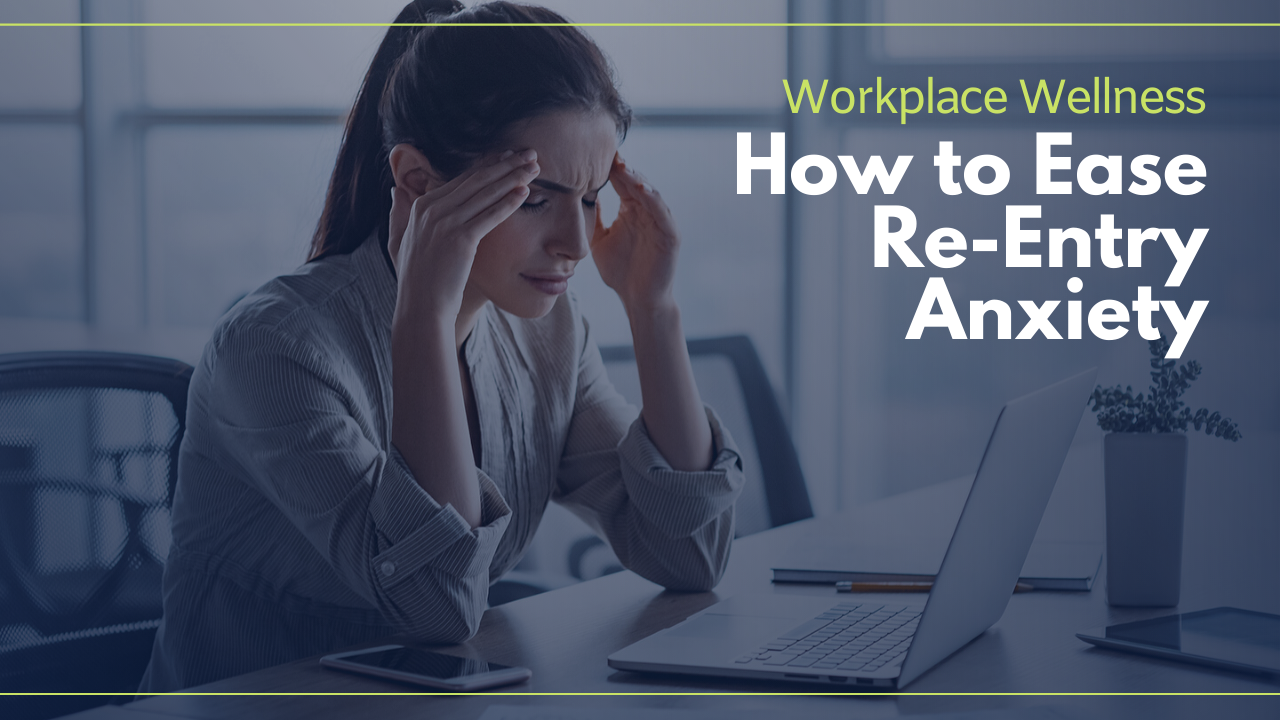- An 80% increase in Fitwel Certifications suggests a surging trend in companies taking onboard wellness initiatives.
- Studies have shown that wellness strategies improve productivity, increase energy levels, improve mood, and even help reduce stress.
- Wellness is no longer a trend, it has become an expected standard, one that companies are prioritizing in their agendas.
Fitwel recently announced an 80% increase in Fitwel Certifications in one year, showing a surging trend in building for health. Currently, Fitwel has 659+ registered projects that are impacting over 570,000+ individuals.
Certifications like Fitwel and the WELL Building standard are helping companies design workplaces and buildings that promote and support healthy behavior. Wellness is no longer a trend, it has become an expected standard, one that companies are prioritizing in their agendas.
Incorporating wellness into the built environment is about improving an individual’s health. It’s about empowering them to make the right decisions. In other words, it needs to be easy and natural for individuals to make healthier choices in their lives. Visible stairways will encourage people to use them more, spatial attributes encourage people to take walking breaks throughout the day, and providing a variety of healthy snacks prompts better decisions.
Though these might seem small matters, they can go a long way in improving a person’s health and overall workplace experience. Studies have shown that wellness strategies help improve productivity levels, increase energy levels, improve mood, and can even help reduce stress. This is important because companies need to address both physical and mental health.
Wellness has weaved itself into the core of many buildings and workplaces. Companies from across industries are starting to think not just about maximizing space utilization, but also about providing enough access to natural light and quality air flow; they are also embracing biophilia and finding creative ways to help people connect with nature even when indoors. Companies are also carefully picking out the colors and materials they use in the built environment.
However, a comprehensive wellness strategy requires that people also think about the services and amenities they are providing to people. Sleep deprivation increases risk of health problems and it also increases levels of stress and anxiety. Simple strategies like providing napping pods can help workers relieve stress, prevent burnout, and help professionals better handle challenging situations. Many companies and workplace providers are now offering access to meditation and yoga classes, as well as on-site 15-minute massages; one is even offering a frustration room where people can go in and break things.
Companies should also think about additional elements that can contribute to or detriment a person’s health. Unwanted noise affects a person’s physical and mental health, lack of choice leads to stress, frustration, and anxiety; and lack of views or exit doors increases stress; a study found that a person’s stress response is greatly influenced by how freely they can move in any given environment. Presence and access to alcohol can also greatly affect mental health, especially if there aren’t enough non-alcoholic beverage options available.
In the end, the modern workplace needs to be a space where people feel comfortable, where they are eager to get to, and where they can be their most productive and healthier selves.
Wellness has taken off in workplace design because the workplace is no longer just an office, it’s an extension of life, and as such it needs to contribute to people’s happiness, purpose, and feeling of fulfillment.
2019 Workplace Wellness Trends
Media company, WELL+Good, published its top 14 health and wellness trends for 2019 based on a report it carried out. Below are the factors that will greatly influence work and the workplace.
- People will be encouraged to take a break and disconnect.
- Companies will offer more flexible wellness offerings.
- Less alcohol and carbs and more health-conscious snacks and drinks.
- One-stop wellness options; companies will bring fitness, spas, and mental health all under one roof.


 Dr. Gleb Tsipursky – The Office Whisperer
Dr. Gleb Tsipursky – The Office Whisperer Nirit Cohen – WorkFutures
Nirit Cohen – WorkFutures Angela Howard – Culture Expert
Angela Howard – Culture Expert Drew Jones – Design & Innovation
Drew Jones – Design & Innovation Jonathan Price – CRE & Flex Expert
Jonathan Price – CRE & Flex Expert












